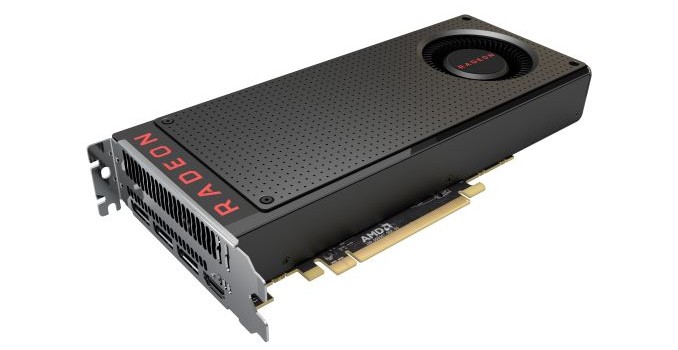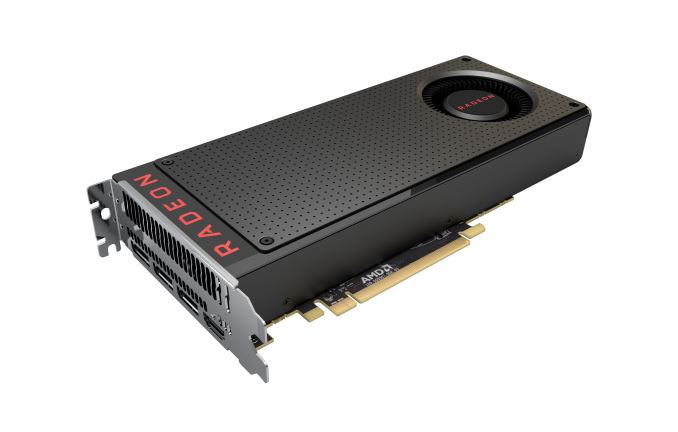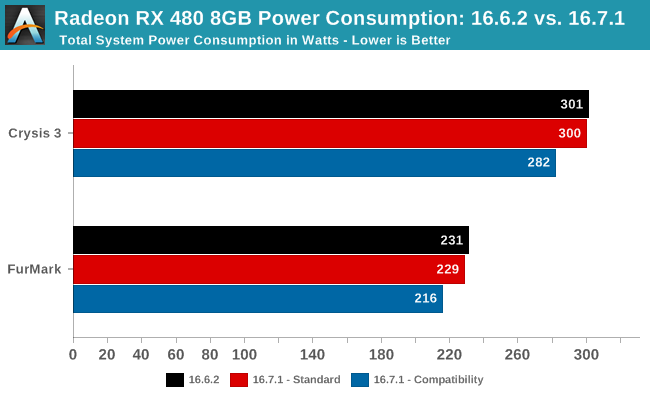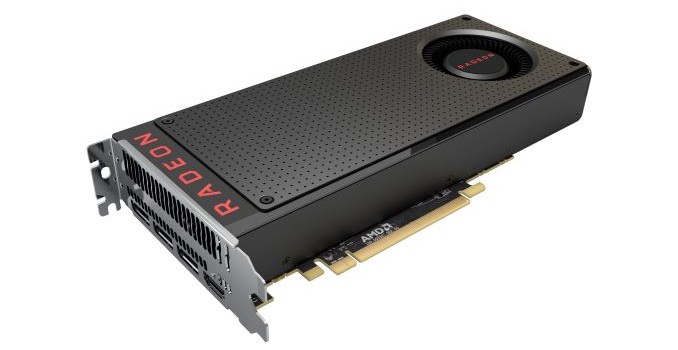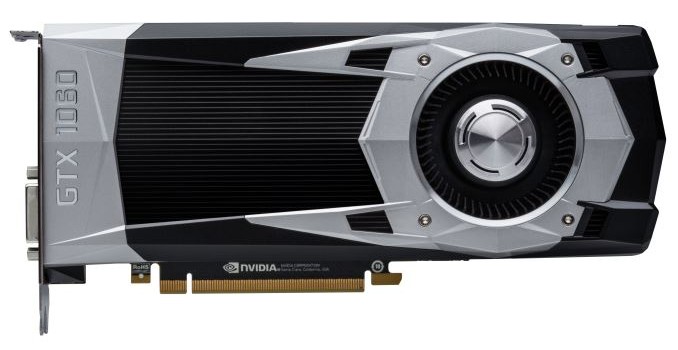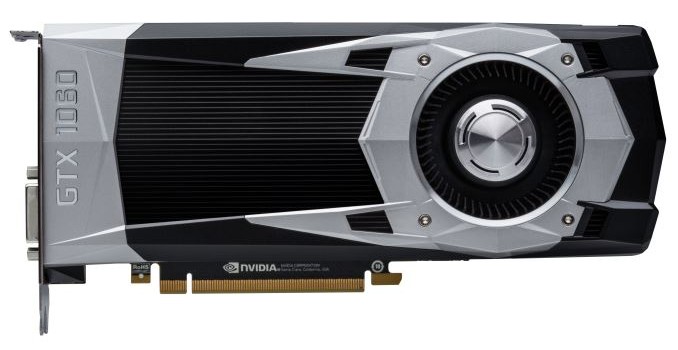AMD Posts Radeon 16.7.1 Drivers, Fixes RX 480 Power Consumption Issues
In what’s hopefully the final chapter on AMD’s saga over the last week with the Radeon RX 480’s power consumption, AMD has posted the previously promised 16.7.1 driver set on their website.
As a reminder, 16.7.1 is being released first and foremost to address RX 480’s power consumption issues, in which reviewers found that it was drawing too much power from the PCIe graphics (PEG) slot, and that the total power consumption of the card was at times exceeding 150W, which is the technical limit for a card with a 6-pin power connector. Of the two issues, PEG power consumption is arguably the greater of the two, as the external power connectors are far more forgiving.
To that end, 16.7.1 rolls out a two tier solution to the problem.
- Shift some of the power load off of the PCIe Graphics (PEG) slot connector in order to bring PEG slot power consumption within the PCIe spec. This doesn’t reduce total power consumption and performance is unaffected; power delivery is merely shifted. Based on earlier data this will put the 6-pin connector further over spec, but the vast majority of PSUs are very tolerant of this going out of spec.
- Because total power consumption of RX 480 can still exceed 150W – and as a result also exceed the limits for the 6-pin connector – AMD has also implemented an optional a “compatibility” toggle that reduces the total power consumption of the card. This is to better ensure that both the PEG slot and 6-pin power connector stay below their respective limits. Since the RX 480 is already throttling at times due to power limits, this does hurt performance (more on that below), but it’s also the most standards-compliant solution.
Along with the power changes, the driver also incorporates some previously scheduled bug fixes and performance improvements. This includes fixing GTA V stuttering, and small performance boosts for a limited number of games that AMD states should improve performance by up to 3%.
Finally, the 16.7.1 driver can be found on AMD’s website. Note that the driver itself is not WHQL certified, but given AMD’s rush to get it out ASAP, I don’t imagine they were interested in waiting for WHQL certification to come back before releasing them.
Diving into matters then, PC Perspective has already taken a look at the new driver and done individual power rail measurements, finding that AMD’s fixes work more-or-less as advertised. They have found some edge cases where the card is still drawing a watt or two more power from the PEG slot than the specification allows, though at this point we’re arguing over inches. It should be noted however that even in compatibility mode, PC Perspective is still finding that power consumption is technically exceeding 75W on the 6-pin connector, though like the PEG slot by notably less than when not using compatibility mode.
Meanwhile to look at the performance impact of the new driver, I quickly ran our RX 480 through a selection of games at 2560×1440, both with and without compatibility mode.
In standard mode where power consumption isn’t curtailed, performance is essentially unchanged outside of Tomb Raider, which is one of the games targeted for optimization. Essentially this proves that there’s no performance impact from merely shifting power consumption off of the PEG slot to the 6-pin power connector.
Meanwhile in compatibility mode, there is a very small performance hit, though it varies with the game. Compared to standard mode, we’re looking at no more than a 1fps performance drop (~3%), with some games losing only a fraction of a frame per second. That there is a performance drop is consistent – so compatibility mode isn’t free – but overall the performance change is within the +/- 2% margin of error for these benchmarks.
Finally, when it comes to power consumption, measurements at the wall back up our earlier findings. In standard mode, power consumption at the wall bobbles by a couple of watts compared to the 16.6.2 drivers. With compatibility mode on, we see power consumption drop by 18W under Crysis 3, and 13W under FurMark. The average GPU clockspeed in both cases is similarly reduced, with Crysis 3 shaving off around 50MHz.
Anyhow, we’ll have a bit more on the subject in next week’s full Radeon RX 480 review. But in the meantime it looks like AMD has been able to get a handle on their power problems and largely rectify them within the span of a week, making for a fairly quick recovery on the RX 480’s launch fumble.

